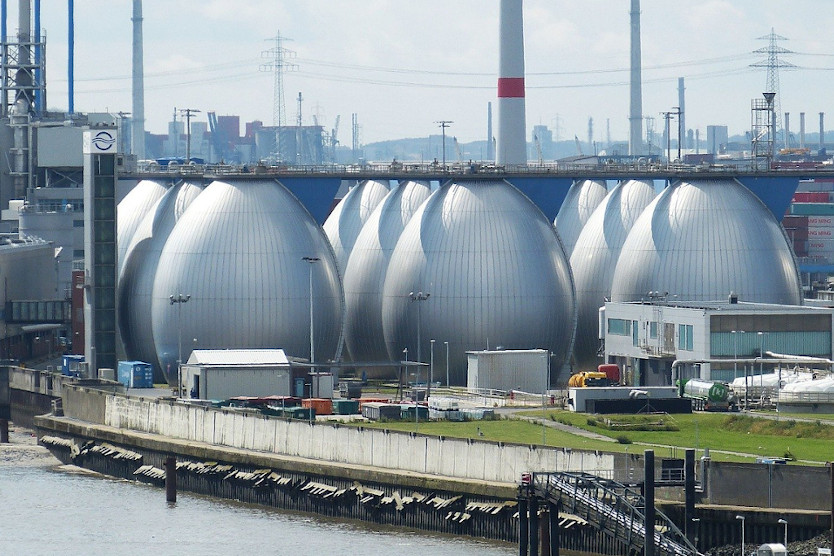
Sewage treatment plant in Hamburg
© pixabay
A sewage treatment plant might sound like an unusual source of energy – in fact, they are usually the biggest consumers of energy in any municipality. But researchers from the Clausthal Technical University (CUT), in Lower-Saxony, Germany, hope to change all that. They have developed a bio-electrical fuel cell (BioBZ) which will make it possible for energy to be generated from wastewater.
So how does it work? The organic pollutants can be converted into electricity and hydrogen when they are decomposed. The reaction takes place in the fuel cell, where microorganisms act as biocatalysts during degradation. The process considerably reduces the need for aeration to break down the pollutants – which is why sewage plants are so energy intensive. Furthermore, less toxic sludge is produced, which would otherwise have to be disposed of.
The team at CUT’s Clausthaler Environmental Technology Research Centre (CUTEC), together with their seven partners from academic institutions and industry, hope to optimize their process and demonstrate commercial potential through the construction of a pilot plant in the German city Goslar, also in Lower-Saxony. The project is supported by the Federal Ministry for Education and Research, who have pledged EUR 5.9 million over the next five years.
After a two-year research and development phase, it is expected that construction will take a year, followed by a two-year commercial optimization period to establish a model which is compliant with legal limits. It will include an exploration of how sewage plants could become net suppliers of renewable energy.
"A technical plant such as the one aimed at in the Demo-BioBZ project for sustainable wastewater treatment with complete carbon and nitrogen elimination does not yet exist worldwide," said CUTEC’s Professor Michael Sievers at the unveiling of the project in January.


